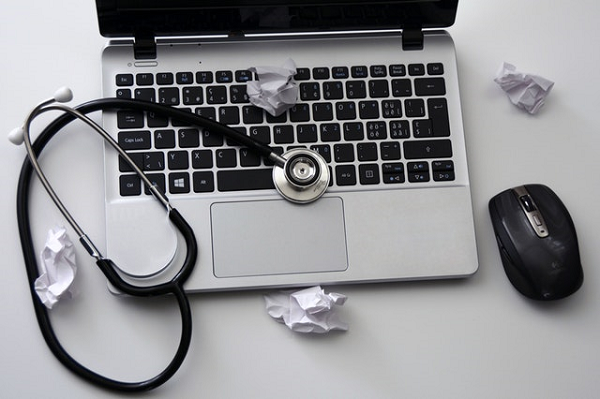When is the best time to replace your IT equipment?

Like any other equipment, computer and IT equipment will eventually become less reliable. And given our reliance on our computer equipment, this can cause significant issues for a small business – including lost data and lost productivity.
What can small businesses do to mitigate these risks?
The computer ransomware attacks of 2017 have led us all to talk a lot about the need to upgrade software and, especially, computer operating systems in order to reduce the risk of using out-of-date software.
However, it is also important to understand the risks associated with out-of-date hardware.
Even if the equipment appears to be running smoothly, performance degradation over time can impact users’ productivity and, typically, older machines will consume more energy and have a shorter battery life.
Like anything else, computer equipment will eventually fail. When a laptop or PC breaks down this can cause considerable disruption to the person using it – and the other people who rely on their work. A hardware failure also runs the risk of data loss if you haven’t got an effective backup programme in place. What’s more, it hits the small business owner with a nasty “surprise” cost.
That’s why planning a replacement computer equipment strategy is important, even for small businesses.
Take a look at the equipment you have
The first thing to do is make a list of all the IT equipment being used in the business and how old it is.
As a general rule of thumb, you should plan to replace servers every 4-5 years, PCs every 3-4 years, laptops every 3 years and mobile phones every 2 years.
You may find that some computer equipment in use around the business is already due for replacement. If this is the case, consider which equipment has the most risk attached with its failure and make this a priority.
It may be possible to extend the life of a machine by upgrading just part of it. For example, a computer with a broken fan is a simple and low-cost fix.
Performance problems
One of the main drivers for replacing equipment is the declining performance over time and the impact this has on productivity.
Again, this may be solved through upgrading certain parts of the machine, rather than wholesale replacement. For example, graphics cards are subject to rapid improvements. For a marketer using graphics-heavy software such as Adobe InDesign, you may wish to upgrade a graphics card to extend the life of their PC.
However, if you do decide to do this, look carefully of the implications of upgrading the card on the other components of the machine. If upgrading the graphics card has a knock-on effect and requires you to upgrade other components such as the processor and motherboard, you may find the cost and complexity of the upgrade spiralling to the point it will be more cost-effective to simply upgrade the entire PC.
If in doubt, speak with a trusted IT consultant.
Replacement schedules
You may decide to implement a time-driven policy for replacement, based on typical lifetime projections from your equipment suppliers. This allows you to plan ahead and set aside budget for replacement activities.
If you have the budget available, replacing equipment en masse can make the process easier to manage. You also avoid ill-feeling between team members with new laptops and those who don’t have them. What’s more, buying in bulk may enable you to negotiate a great price on the equipment from your supplier. Do look for funding schemes that may be available from local business support groups and government schemes.
It is also worth considering whether equipment needs to be replaced like-for-like. An off-premise cloud-based solution may be a more appropriate alternative. For example, should you consider a move to a hosted email service such as Microsoft’s Office 365 instead of replacing an ageing Exchange server?
If you do want to consider a move to the cloud, it’s important to ensure you have the connectivity and backups solutions in place to de-risk the use of a cloud service.
Reuse and recycle
However you decide to replace your obsolete equipment, you will need to consider how to dispose of it.
First and foremost, there is a data security issue to consider – make sure hard drives are wiped prior to disposal – however you intend to dispose of them.
Under the European directive about the disposal of electronic waste, small business owners have a responsibility to dispose of old computer equipment responsibly. Reach out to local charities to see if they have a use for the parts – some offer recycling schemes.
For help developing your own computer equipment replacement schedule, speak with a Grant McGregor consultant today by calling 0808 164 4142.




